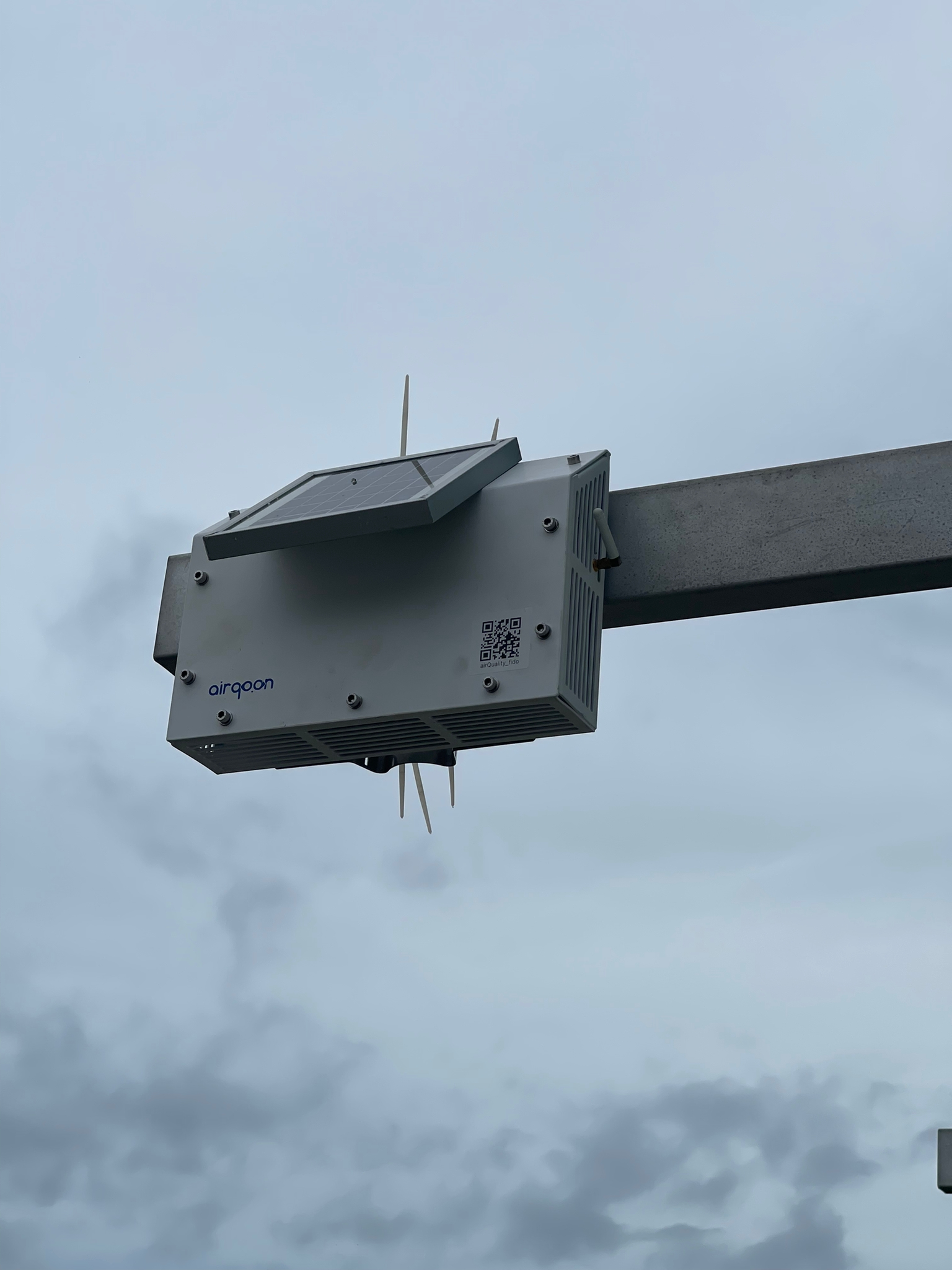The standardization studies of low-cost sensors continue rapidly developing and expanding worldwide.
Air pollution, a global problem, damages human health and the environment. Prolonged and high levels of exposure to these air pollutants cause a wide range of adverse health effects, including cardiovascular and respiratory diseases, cancer, premature death, and lower life expectancy. Air pollution levels are a significant threat to people’s health and well-being. According to World Health Organization (WHO) data, 9 out of 10 people breathe air containing high pollutants worldwide.
Climate change and air pollution, among the important agendas of the world, are closely linked. Greenhouse gases and air pollutants often share familiar emission sources. A changing climate is also likely to affect the atmosphere’s emission, distribution, and formation of air pollutants. This, in turn, will affect the duration and extent of air pollution events, the long-term concentration of contaminants, and their associated human health effects.
To reduce exposure to air pollution, the whole world, especially the EU, operates at many levels. Many studies on air pollution, such as laws, regulations, standards, cooperation with international organizations and sectors responsible for air pollution, and research are carried out. One of these studies is the weather sensors, rapidly becoming widespread worldwide.
The EPA refers to the term “air sensor” as a class of non-regulatory technology that is less costly, portable, capable of measuring several pollutants simultaneously, and often easier to operate than regulatory monitors. Currently, low-cost air sensors are receiving more and more attention to replace traditional methods of air pollution monitoring, and their development continues to expand and evolve rapidly.
Air sensors can be helpful in many non-regulatory applications, such as understanding local air quality trends, identifying hotspots, additional monitoring, and promoting education/environmental awareness. Although air sensors have spurred innovation in air monitoring approaches, it is widely known that the quality of data from these technologies is highly variable. In the report, EPA/600/R-20/280 published by EPA in 2021, some of the critical challenges with PM2.5 air sensor technologies are:
- Determining whether the sensor will measure the target pollutant accurately and reliably within the expected concentration range for the application;
- Determining how different parameters, including relative humidity (RH), temperature (T), and variations in particle composition or size can impact measurements;
- Estimating how the sensor’s response changes over time and at what point in time the sensor reading becomes inaccurate or unreliable; and
- Understanding how sensors perform out-of-the-box and if corrections or adjustments are needed to provide more accurate data.
While several organizations were in the process of developing performance standards or guidance for evaluating air sensors, there were no consistent test protocols that could be used for uniform evaluation and comparison of different technologies. However, in 2021 EU and EPA published reports that guide evaluating performance testing protocols, metrics, and target values of air sensors.
EPA/600/R-20/280 and EPA/600/R-20/279 These two reports published by EPA specify performance test protocols, metrics, and target values for PM2.5 and Ozone air sensors. The purpose of the reports; is to provide a consistent set of test protocols, measurements, and target values to evaluate the performance of air sensors systematically; provide a consistent framework for communicating performance evaluation results; to help consumers make informed decisions about choosing the most appropriate sensors for an NSIM (non-regulatory supplemental and informational monitoring) application of their interest.

On the other hand, the CEN/TS 17660-1 standard defines common procedures and requirements for evaluating the performance of sensor systems to facilitate mutual recognition by relevant organizations or stakeholders, thereby minimizing administrative and cost burdens on manufacturers. Classification of sensor systems includes tests performed under prescribed laboratory and field conditions. This standard will provide comprehensive and transparent evaluation of sensor systems, which could be an essential step toward incorporating sensor system measurements into European air quality monitoring.
In line with these studies, sensor developers need to manage the Data Quality Objectives (DQO) process well on how key parameters are estimated or derived and the robustness of the model against minor perturbations. The Modified Target Diagram (MTD) is another important method for checking low-cost sensors’ compliance with the Data Quality Targets of the European Air Quality Directive (2008/50/EC). This diagram was developed to evaluate the performance of air sensors for air quality monitoring compared to reference methods, reporting the relative expanded uncertainty and contributors. In a comparison of data quality for different types of monitoring, uncertainty expressed as a percentage of a breakpoint is a measure of uncertainty about the environment measurement. The lower the uncertainty, the more confidence there is in the measurement. The DQOs of the Air Quality Directives at the legal levels are presented below of sensors for display measurements, modeling, and objective forecasting.

These studies worldwide will increase confidence in data quality and a better understanding of the ability of low-cost sensor systems to provide consistent, accurate, and precise measurement data. Accurate and reliable fixed measurement monitors remain the backbone of regulatory air quality monitoring. However, integrating this new technology into the system will be an essential communication key, reducing the cost of monitoring and providing the public with locally relevant information about air quality in real-time. Providing high-density Spatio-temporal pollution data, these air sensors will potentially revolutionize the field of air pollution monitoring.
References
World Health Organization, May 2018.
C40 Cities Climate Leadership Group, November 2021.
CEN:TS 17660-1-2021 2021 – Air quality – Performance evaluation of air quality sensor systems – Part1: Gaseous pollutants in ambient air
EPA/600/R-20/280 February 2021 – Performance Testing Protocols, Metrics, and Target Values for Fine Particulate Matter Air Sensors Use in Ambient, Outdoor, Fixed Site, Non-Regulatory Supplemental and Informational Monitoring Applications
EPA/600/R-20/279 February 2021 – Performance Testing Protocols, Metrics, and Target Values for Ozone Air Sensors
Directive 2008/50/EC of the European Parliament and of the Council on ambient air quality and cleaner air for Europe
Yatkin, S., Gerboles, M., Borowiak, A., Davila, S., Spinelle, L., Bartonova, A., … & Signorini, M. (2022). Modified Target Diagram to check compliance of low-cost sensors with the Data Quality Objectives of the European air quality directive. Atmospheric Environment, 273, 118967.









